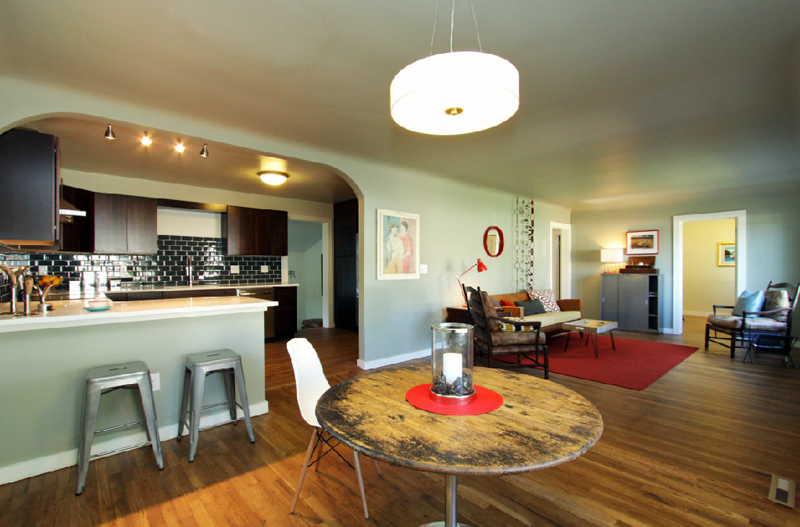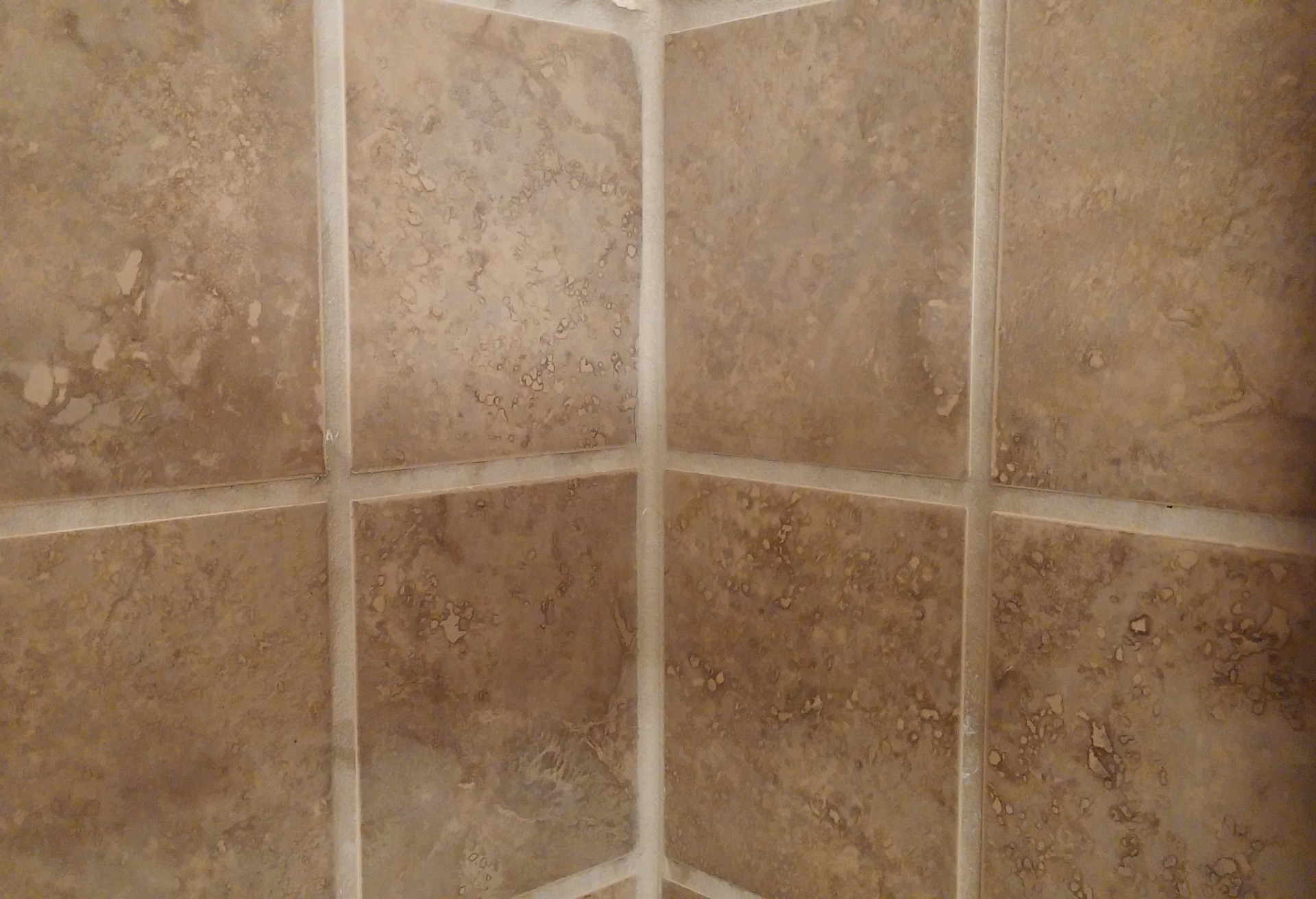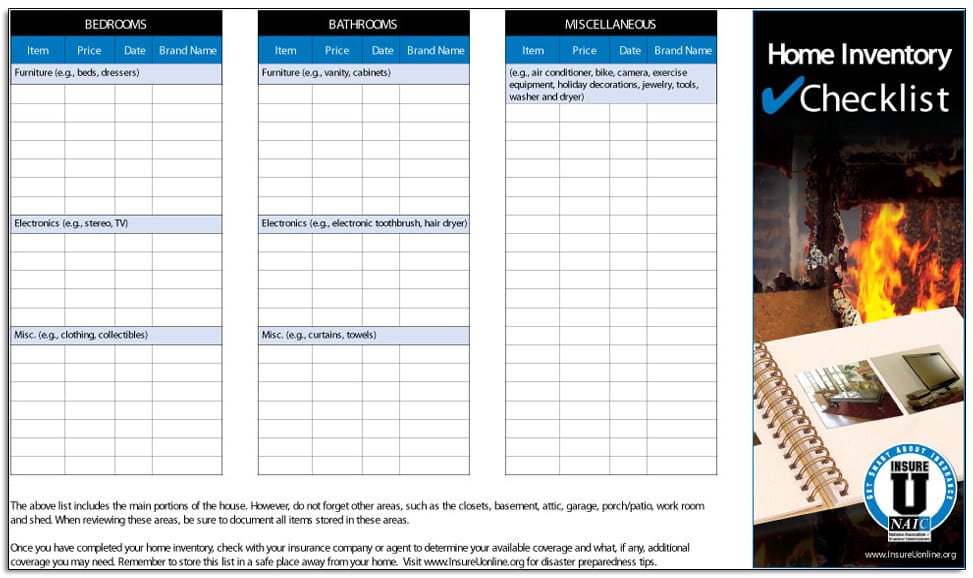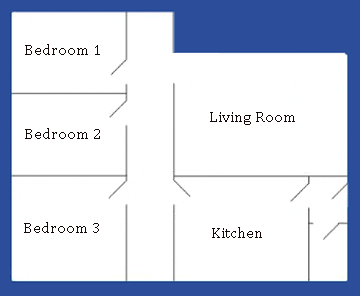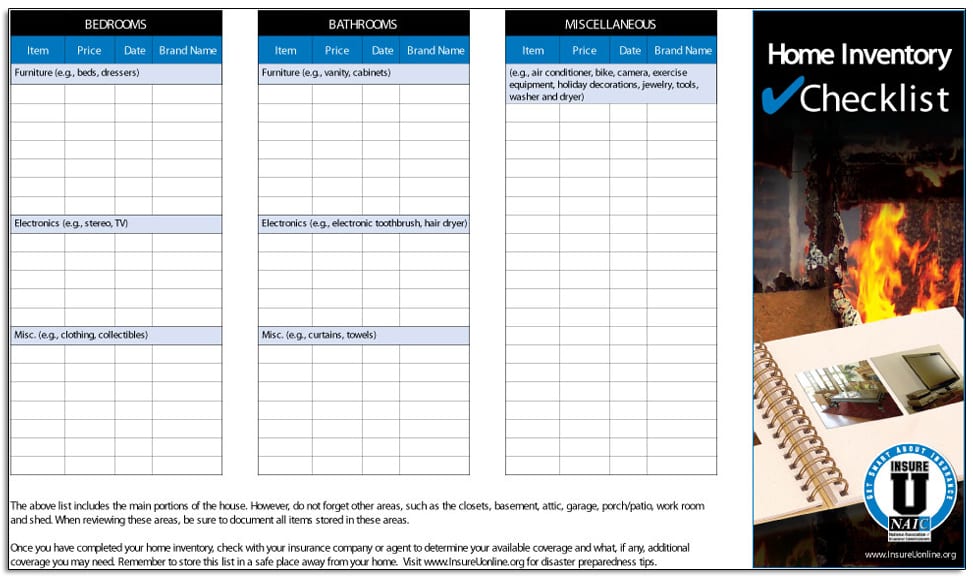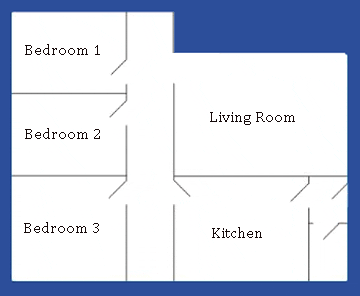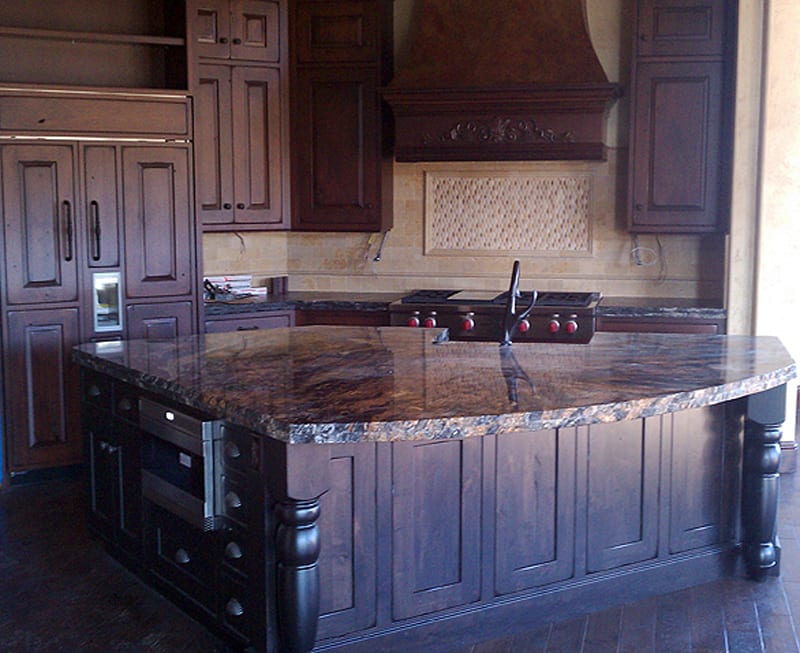Learn about the different sizes and types of this construction material for walls, plus which kinds work best for which rooms.
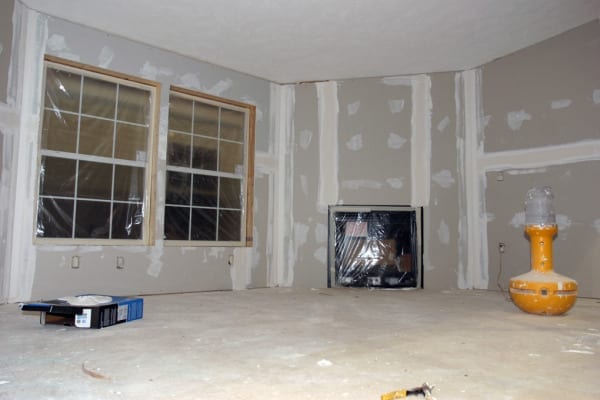
Photo: Pine Grove Homes Ready for Drywall via Wiki Commons
Drywall vs. Plaster
Drywall is a master of disguise. The walls in this picture look like they could be plaster. One of the visual giveaways that you’re actually looking at dry wall is when you see the sharp corners created by standard corner bead.
Corner bead is a metal or plastic piece that covers the outside corners of drywall to protect them from damage. Then joint compound is spread over the bead and sanded smooth.
In many traditional plaster applications, a rounded piece of wood trim was placed at the corners and then plastered over, creating a round corner. To mimic this look with drywall, look for a bullnose corner bead.
Unlike with traditional plaster applications, for which the entire surface was troweled on by hand, only the seams and fasteners are covered with joint compound when you’re finishing drywall.
The finishing happens in several steps. First paper tape is embedded in joint compound, or “mud”. Then two more coats of mud go on before sanding.
If you are looking for a plaster-like finish, you should install blue bead – a drywall product made for this purpose – then skim coat the entire surface instead of just the seams. This is much faster than with traditional plaster.
Drywall Sizes
Most drywall of Sheetrock you see is either ½ inch or ⅝ inch thick. What size to use depends on a variety of factors, including durability, location and fire safety.
The width of drywall sheets is either 48 or 54 inches. The reason for the two width sizes is that when installed horizontally, two sheets will equal either 8 or 9 feet – common ceiling heights in residential construction.
The sheet lengths vary from 8 to 16 feet. For the do-it-yourselfer, a 4- by 8-foot sheet will be difficult enough to maneuver. And don’t forget that you’ll need to cut holes for every outlet and light fixture box and get those all to line up, too.
Professionals generally use the longer sheets, like the one shown in this picture, because it reduces the time spent on taping joints.
The advantage of ⅝-inch-thick drywall is that it does not bend or sag as much as ½-inch drywall, which can show imperfections in the framing.
But what if you want the drywall to bend? Use ¼-inch or ⅜-inch drywall. You may also need to make slits in the material to allow it to take the curve.
Quiet Rock Soundproof Drywall & Other Drywall Types
Other than regular gray drywall, you’ll also see green and purple. Both of these are good for areas that will see a lot of moisture, like a bathroom. The purple is a step up in moisture protection from the green. Even with this added security, I don’t recommend installing these in a shower or tube surround – you’ll want to tile on cement board for bathroom walls outside the shower. And install a good bath fan with a timer switch so that you’re not testing the capability of the drywall.
Other types of drywall you’ll see are type X for added fire protection and QuietRock, which is two pieces of gypsum laminated together with a special glue that allows the assembly to absorb sound and make your living space quieter. The drywall is installed with the same special glue at the seams, and a putty-like material is placed around outlet boxes. If installed properly, it is quite effective – but that doesn’t come cheap.
If you’re looking for a lighter sheet of rock, try USG’s new lightweight drywall. Better yet, DIYers should rent a drywall left for ceilings. It’s worth the added expense.
We’ve only scratched the surfaces of what can be done with drywall. Although drywall is easier to install than plaster, it takes time to master the skill. Look for opportunities to practice, like in a garage, before you try your skills on the living room.
Have fun, wear a mask when you sand and rock on!
Raw Materials Revealed: Drywall Basics
(You are reading an article originally posted on Houzz)
